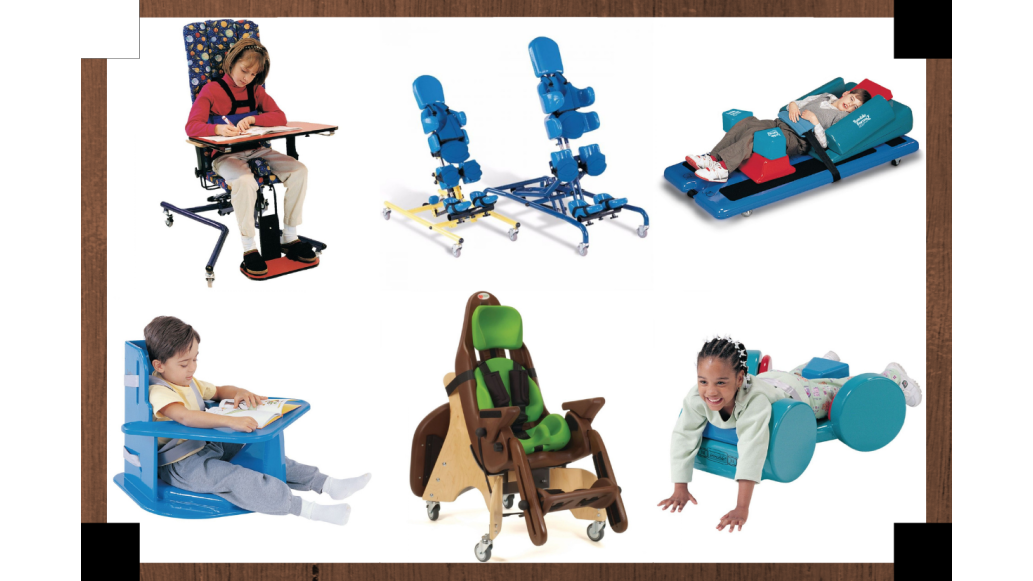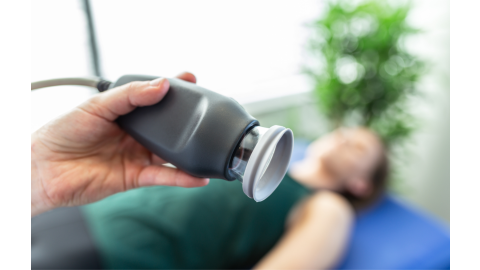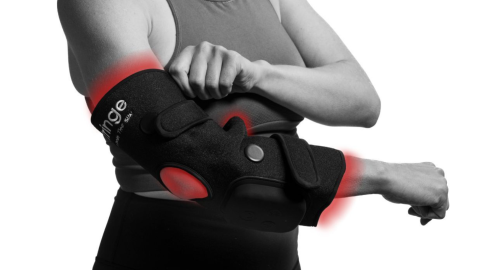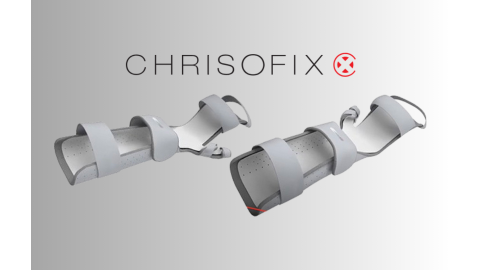Proper positioning is crucial for children with motor and cognitive impairments. Standers, floor seats, wedges, and other positioning aids can help your child get into the right position for interacting, eating, playing, socializing, and more.
Explore all your options in this guide to positioning a special needs child!
The Benefits of Good Positioning
Are you wondering why your child needs a variety of positioning options? Or why they should be in a stander even if they may not be able to stand unassisted? There are several benefits to good positioning, including:
- Makes eating and drinking easier for your child
- Makes it easier for you to care for your child
- Makes it easier for your child to interact, play, and communicate with you and their peers
- Helps prevent disabling positions
There are additional benefits to standing for all children who are over the age of one, even those who cannot stand by themselves, including:
- The development of normal stable hips
- If your child never stands, their hips won’t develop properly and will be weak and may easily dislocate
- The development of strong bones
- A child who doesn’t stand will have weaker, less dense bones that break more easily
- The stretching of leg muscles to prevent contractures and deformities
- It’s good for breathing and blood circulation
- It assists in emptying the bladder and bowels
- It can help reduce stiffness and uncontrolled movements in the legs
The Problems with Poor Positioning
If your child is positioned poorly and unable to move themselves, it can cause short-term and long-term problems, including:
- Pressure sores
- Sores that form on the body due to constant pressure on a body part and reducing the flow of blood
- Contractures
- Muscles that get shorter and joints that stiffen due to being in one position for a long time
- Deformities
- Deformities, like a crooked or twisted back or displaced hips, can occur due to the pull of muscles when a child is in one position for too long
- Making it more difficult for you to pick up, carry, and handle your child
- Hindering your child from developing
Positioning Tips
- If your child is stiff, don’t force them into a position. Ask a therapist how to loosen them first
- Try to get your child into an “ideal position” or “normal alignment”
- If your child is not comfortable in a new position, ask a therapist for advice
- Change your child’s positioning often, about every 30 minutes. If possible, encourage your child or help them change their positioning instead of doing it for them
How to Position Your Child in a Variety of Positions
Supine (lying on their back)
- Head should be in the middle and comfortable if child is unable to move it
- Body/spine should be straight, support with rolled towels if needed
- Bend the hips to release tension in lower back and release stiffness in the legs, add support under the knees to help with positioning Keep legs open and uncrossed using a pillow for support if needed
- Keep legs open and uncrossed using a pillow for support if needed
- Feet should be as close to a standing position as possible, if they push down talk to a therapist about ankle/foot orthoses
- Shoulders and arms should be forward and supported, use a rolled towel or positioning aid if necessary
Prone (lying on their stomach)
This position is not for all children. It could make breathing difficult or reinforce pushing back with their head. Talk to a therapist before using this position.
- The head should be in a straight line, encourage your child to lift their head and look at something in front of them on the floor (toy, sibling, etc.)
- Legs should be straight, not crossed, with straight hips
- Arms should be in line or slightly in front of shoulders, ensure the towel or wedge pillow used to keep your child in position comes up to their armpits to help the arms stay forward
- Encourage your child to open their hands and push down on them if possible (if too stiff, continue to help each time they are in this position)
Side Lying
- Head should be supported so chin is level (in the middle with the head and spine in a straight line)
- Back support should be given from the top of the head down to the feet
- Bottom leg should be straight
- Top leg should be bent at the knee and supported with a pillow or blanket, so the knee is level with the hip (this helps prevent hip dislocation and reduces stiffness in the legs)
- Lower arm and shoulder should be brought forward so they are not trapped beneath your child
- Both arms should be forward encouraging hands to come together
Sitting with Parent/Caregiver
- Head and back should be supported if child cannot hold their head up
- Chest and hips should be supported if child can hold their head up to help with head control
- Child should be sitting straight and using muscles to keep themselves upright
- Bend hips to at least a right angle to prevent child from slipping off your lap and help keep their back in a proper position
- Support the feet if possible
- Shoulders should be slightly forward so hands are in front of the body for exploring objects and playing with toys
Sitting in a Chair, Stroller, etc.
- Head should be upright and back should be straight
- Child should be sitting with their butt all the way to the back of the seat
- Legs must be supported
- Feet must be supported
- Arms should be slightly forward and in front of their body
Standing (using a standing frame)
- Back should be straight, support with a rolled towel on either side if necessary
- Hips should face the front
- Feet should be firmly on the ground, including heels, with the toes facing forward
- If you can easily move your child’s feet, there is not enough weight on them, you should adjust the frame
- If feet are in a poor position, don’t stand until your child has been assessed and fitted with orthotics
- Arms should come forward onto the tray which should be at chest height
39 Positioning Aids for Your Child
If you’re looking for a positioning alternative for your child, you’re in the right place! These positioning aids let your child explore a variety of positions when they aren’t in their wheelchair. There are a variety of choices to accommodate infants, toddlers, children, teens, and even young adults. Check out all your options!
When looking at these options, remember...
Supine: lying on their back
Prone: lying on their stomach
Jump straight to a specific category:
- Multi-Functional Positioners
- Seated Options
- Wedges
- Side Lying Positioner
- Standers
- Play
- Crawlers and Walkers
- Car Seats
- Strollers
- Bathing and Toileting
Multi-Functional Positioners
Tumble Forms 2 Tadpole Pediatric Positioner
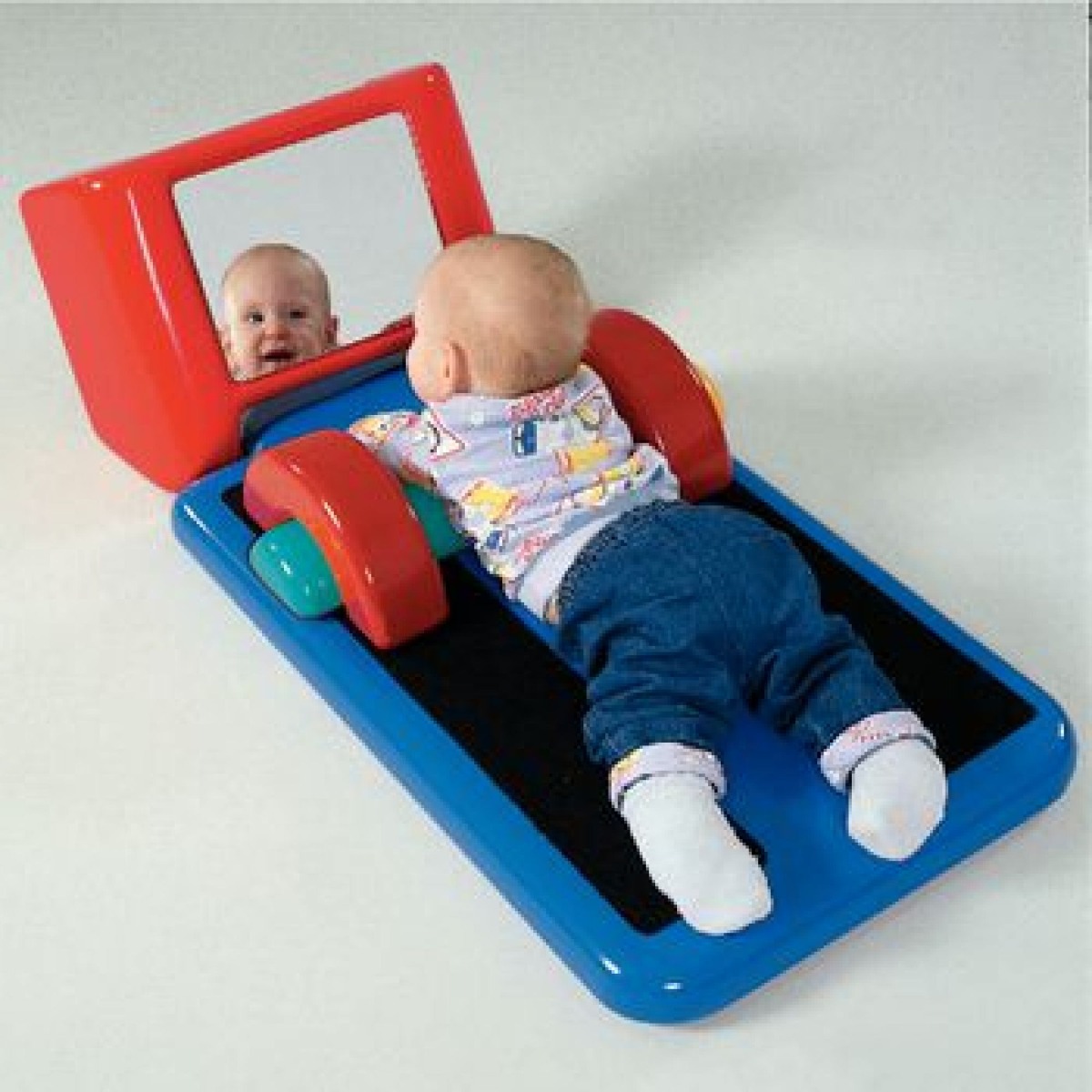

Designed for use from birth to age three, this positioner can be used for prone “tummy time,” side lying, long leg sitting, and log roll sitting. It’s an ideal multi-use positioner for babies and toddlers with cerebral palsy, motor delays or other motor dysfunctions.
Tumble Forms 2 Universal Grasshopper System

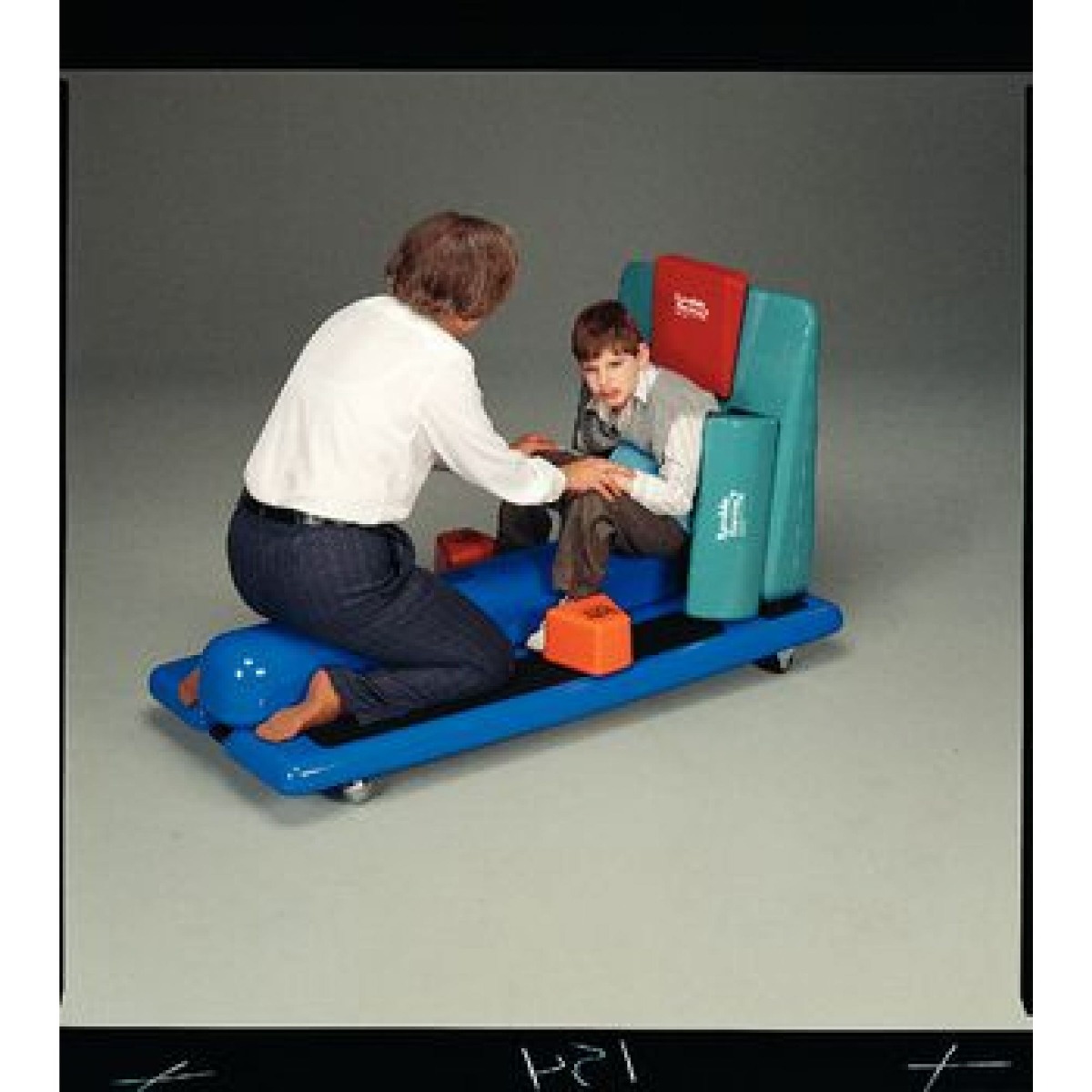
A base with locking wheels, 11 positioners, and 5 straps allow side-lying, prone, supine, long leg, and log roll sitting using just one system! Your son or daughter can use it as a child and a teen! It features the unique Tumble Forms 2 coating that easily wipes clean.
Seated Options
Chairs
Child Rite
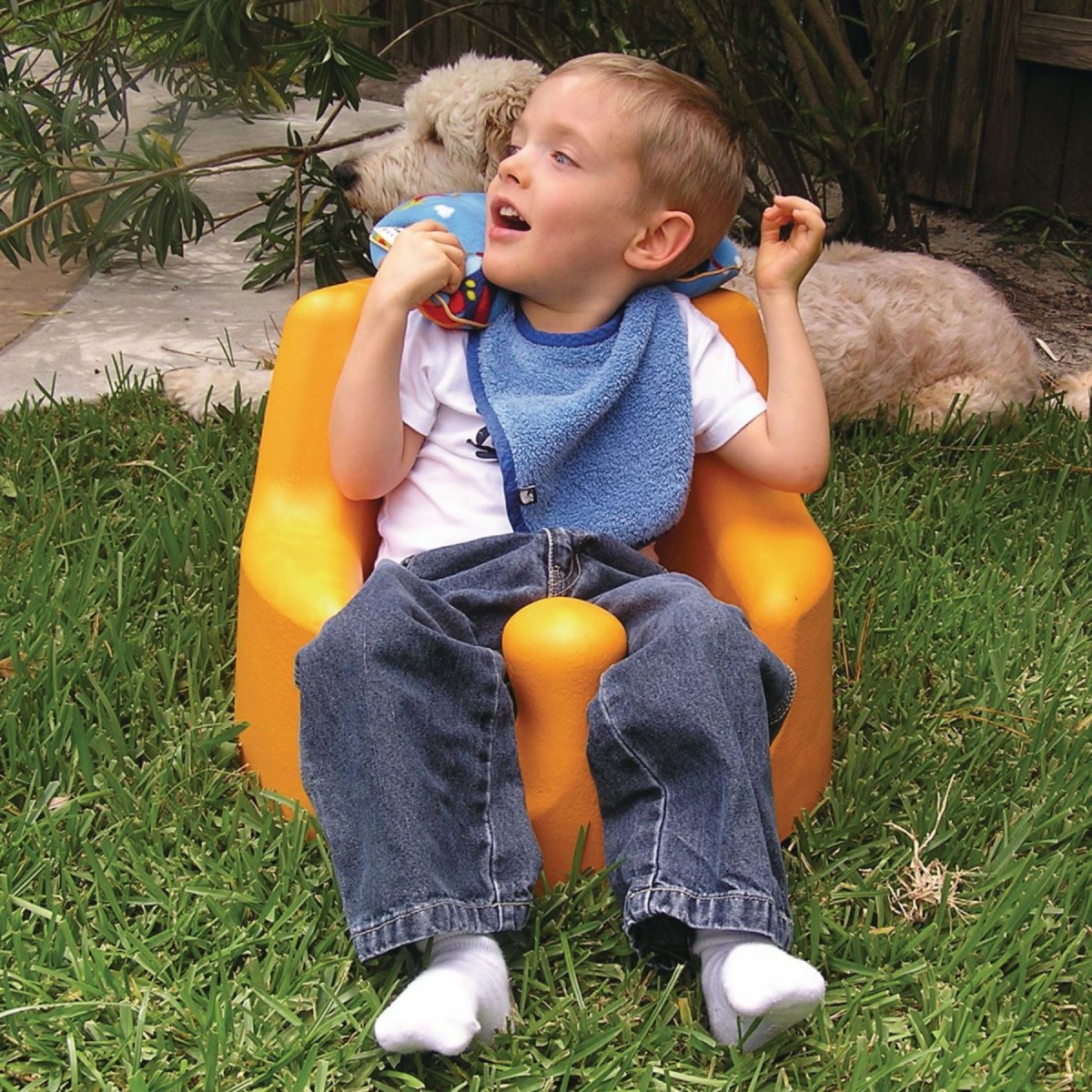

This squishy support chair helps your child sit up on their own while providing trunk support via the high back and wrap around sides.
Tumble Forms 2 Universal Corner Chair with Tray
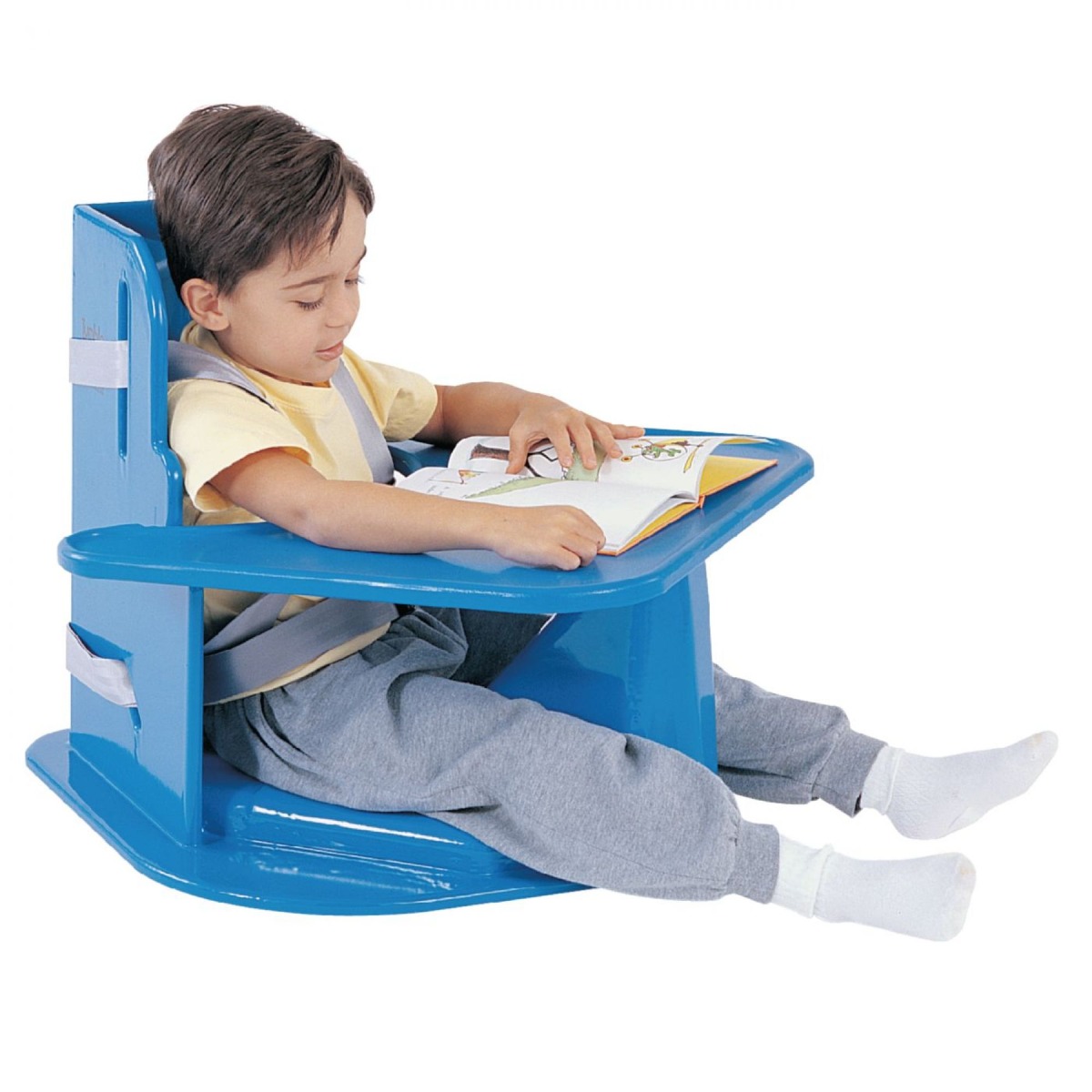

A corner chair keeps your child’s shoulders flexed to encourage working on midline activities and is also good for "long sitting" which helps stretch out the hamstrings. It includes a removable tray and built-in abductor block. The chair fits children up to 60” tall and 125 pounds.
Chair Cubes
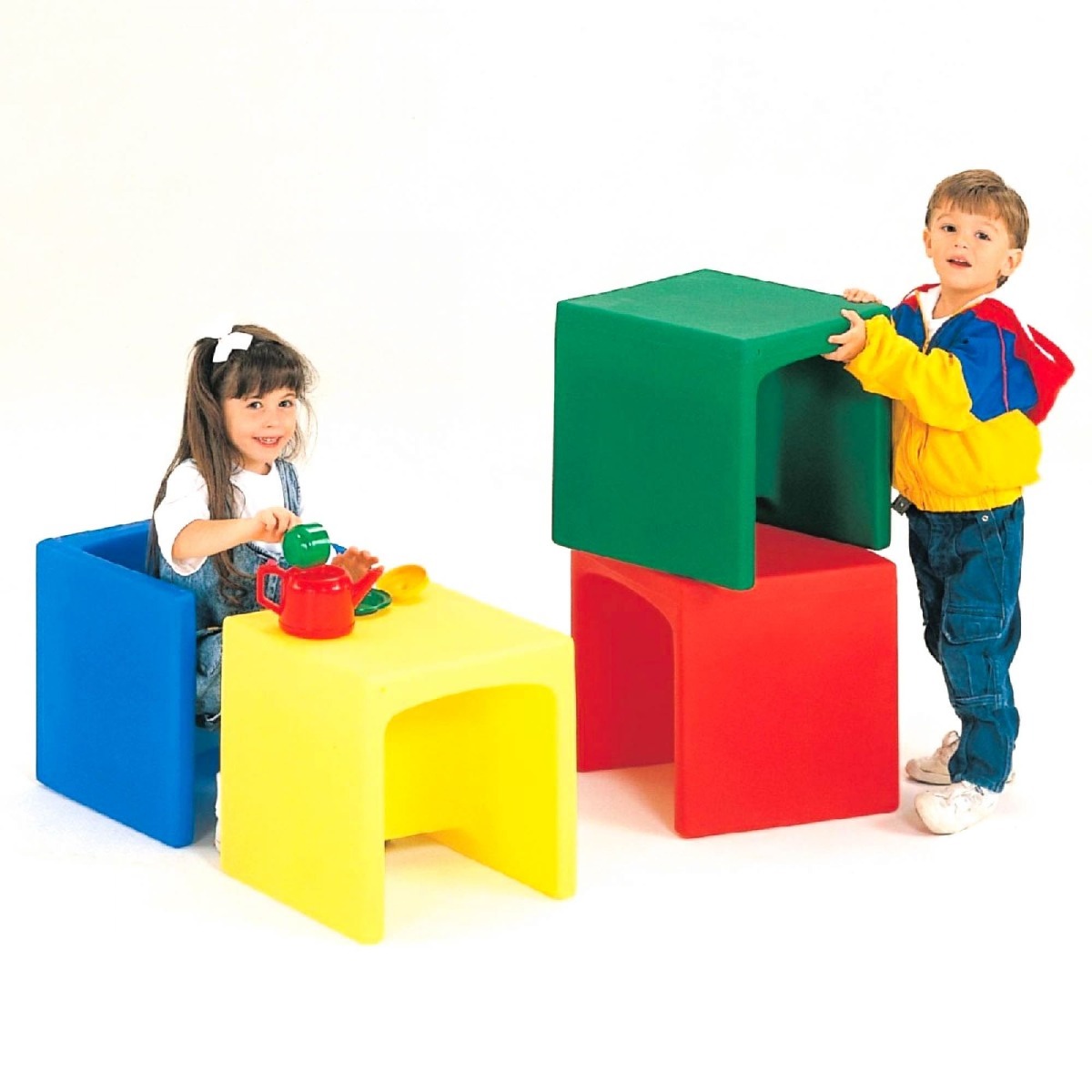

The chair cube is a great seating alternative for kids who don’t need a lot of support. The chair offers 6" or 9" seating heights when you flip them over. They can also be used as a table for activities.
Pediatric Roll Chair
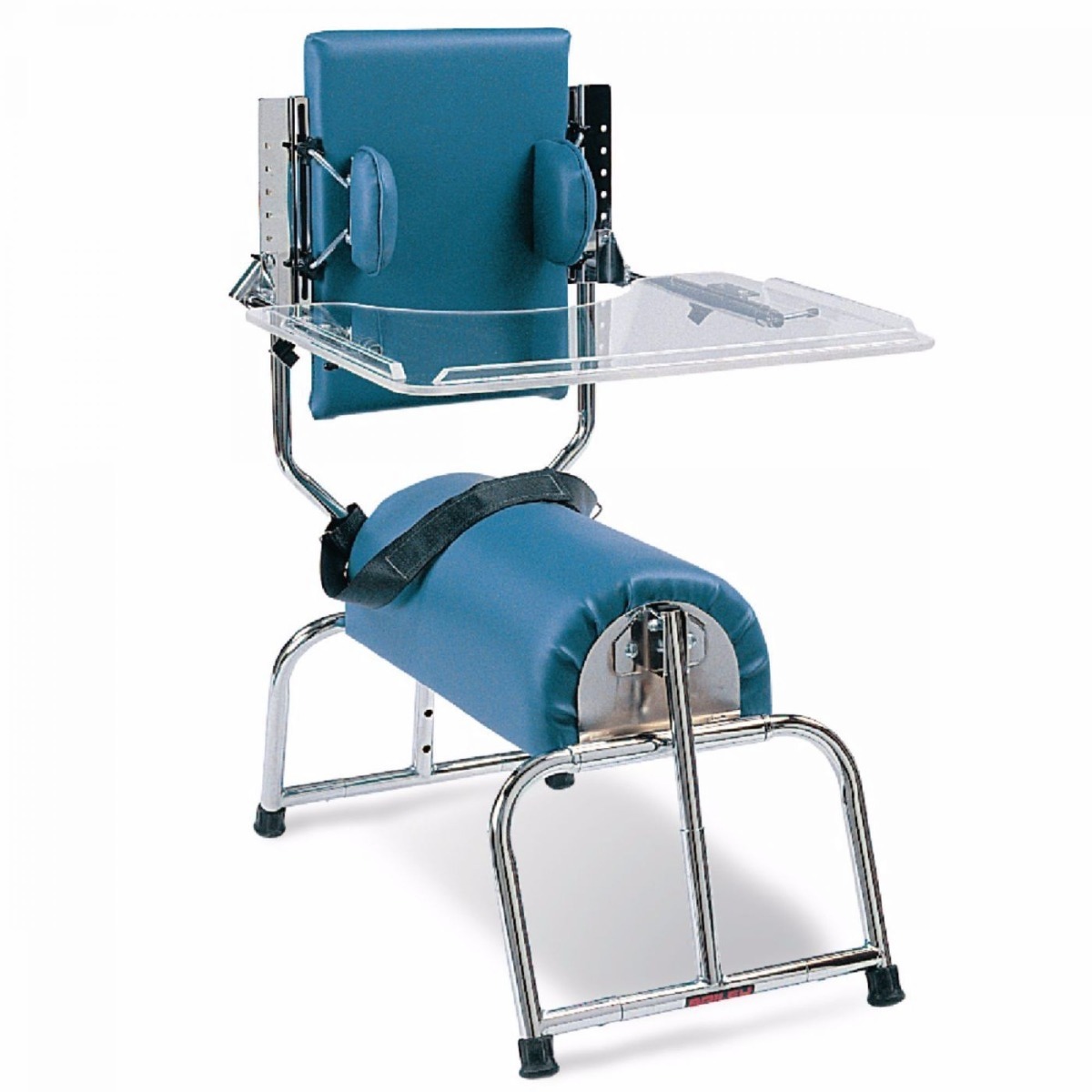

This chair is designed to supply proper hip abduction and prevent leg “scissoring” using the padded roll seat and also features a clear tray. Choose between two sizes to fit preschoolers through adolescents and add optional lateral supports if needed.
High-Low Adjustable Chairs
The High-Low Chair


This high-low chair allows you to easily adjust the height of your child’s seat using one level! This makes it excellent for play, mealtime, and more. Plus, the chair can be removed and used as a floor sitter too. It’s designed for use by kids up to 45" tall.
The Updown Chair
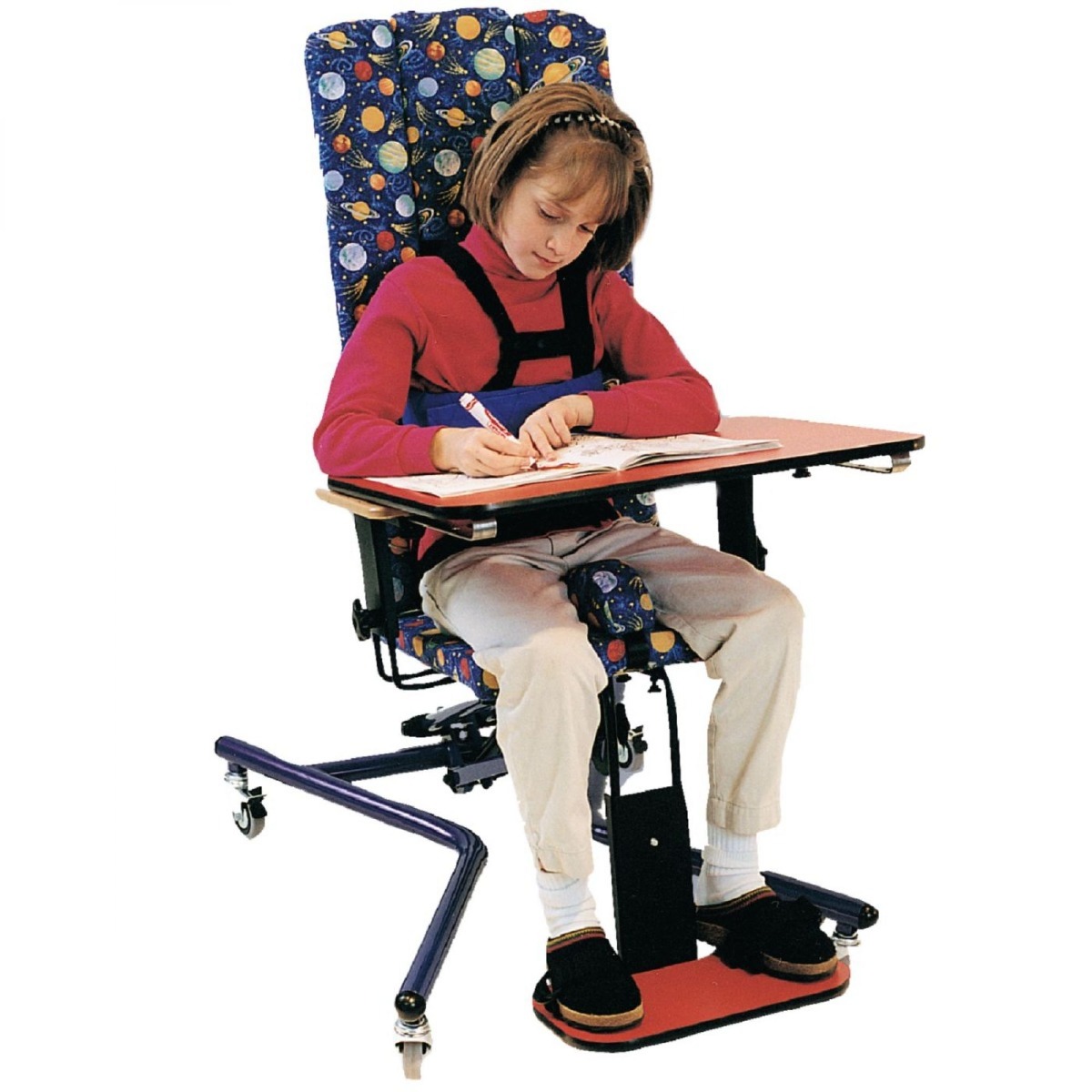

Looking for a height adjustable chair for bigger kids? This chair is simple to operate and designed for children 43" to 63" tall and up to 150 pounds. Use the foot level to change the chair’s height from 12" to 26" tall to suit the activity and encourage socialization with friends!
Multi-Use Chairs with Optional Bases
Tumble Forms 2 Feeder Seat Positioner
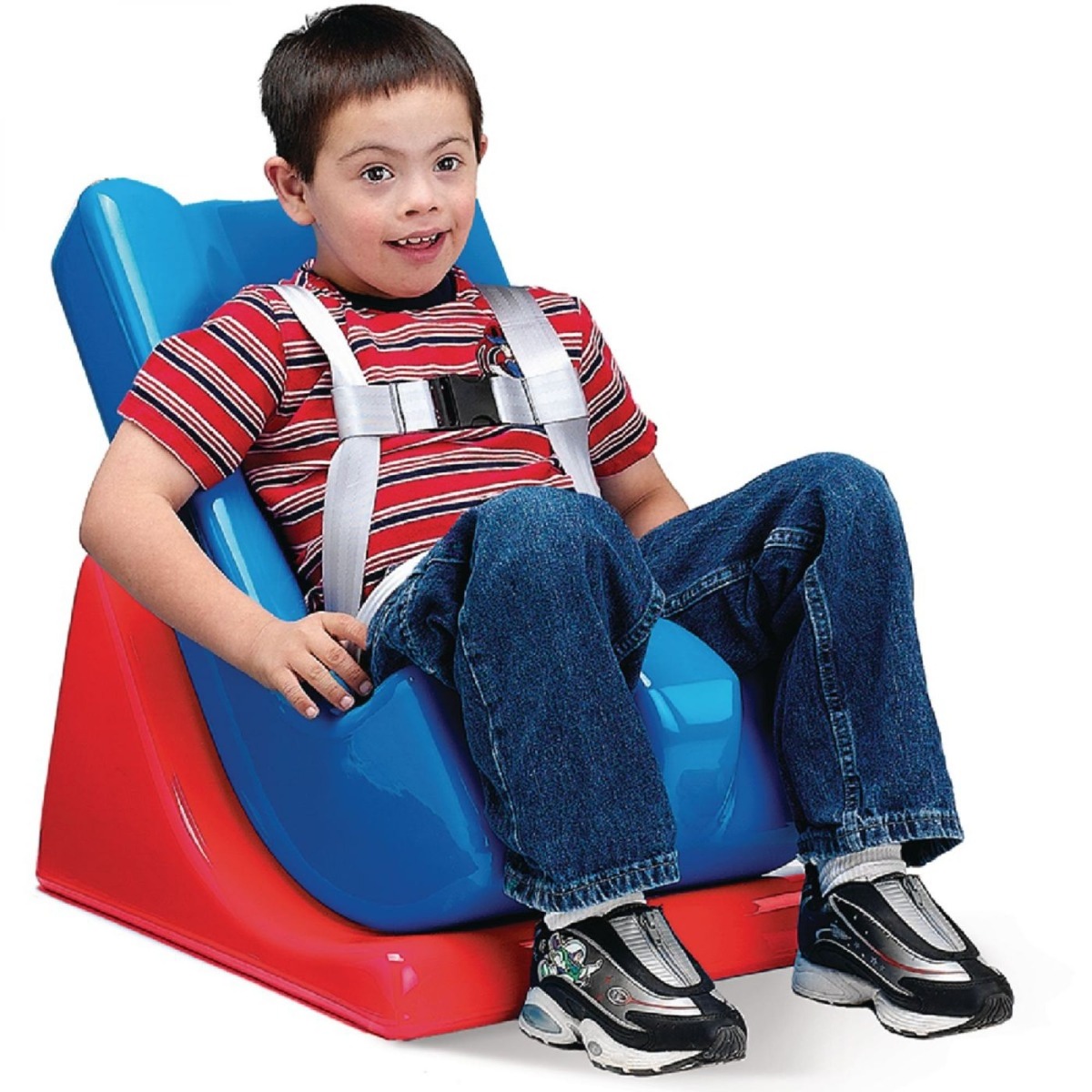
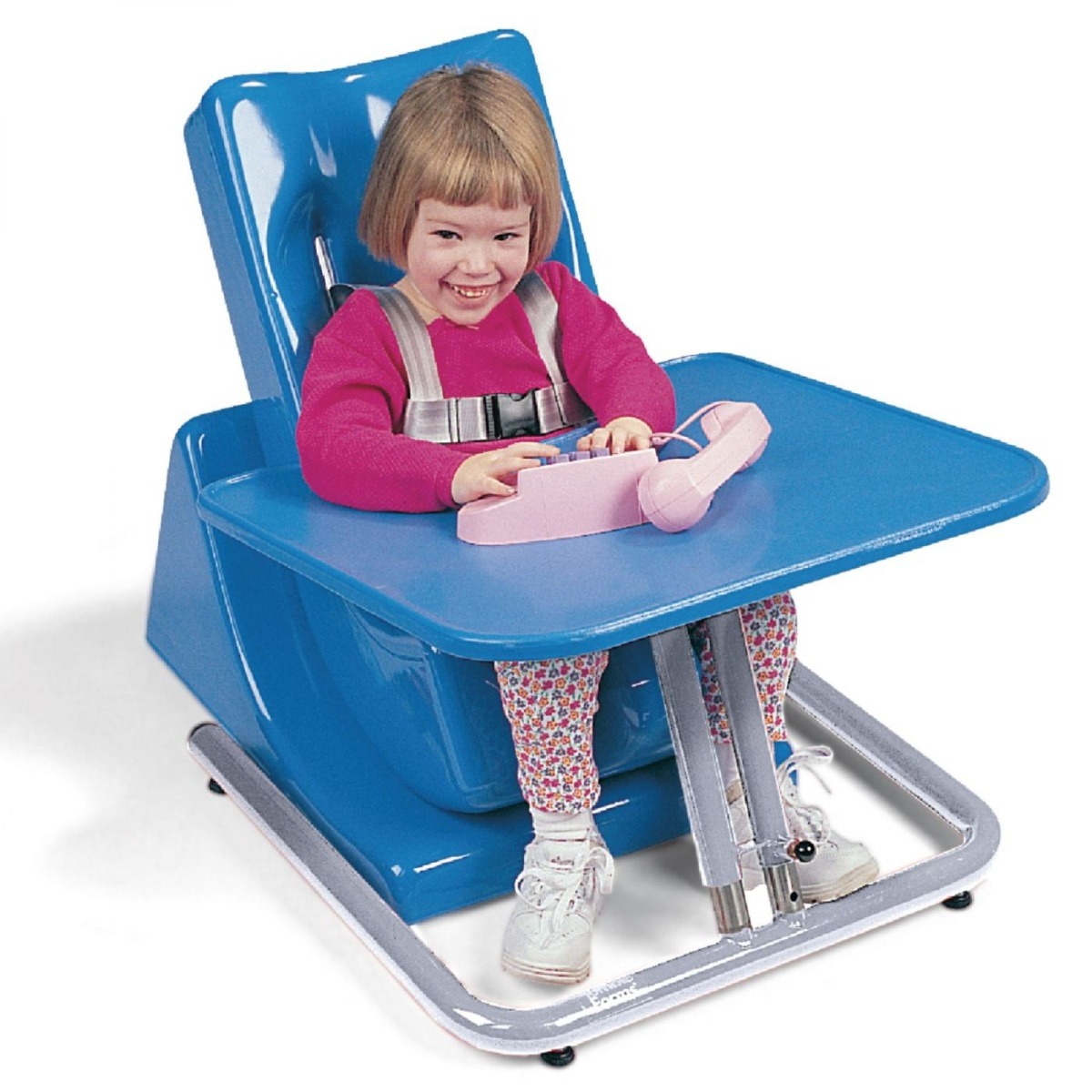
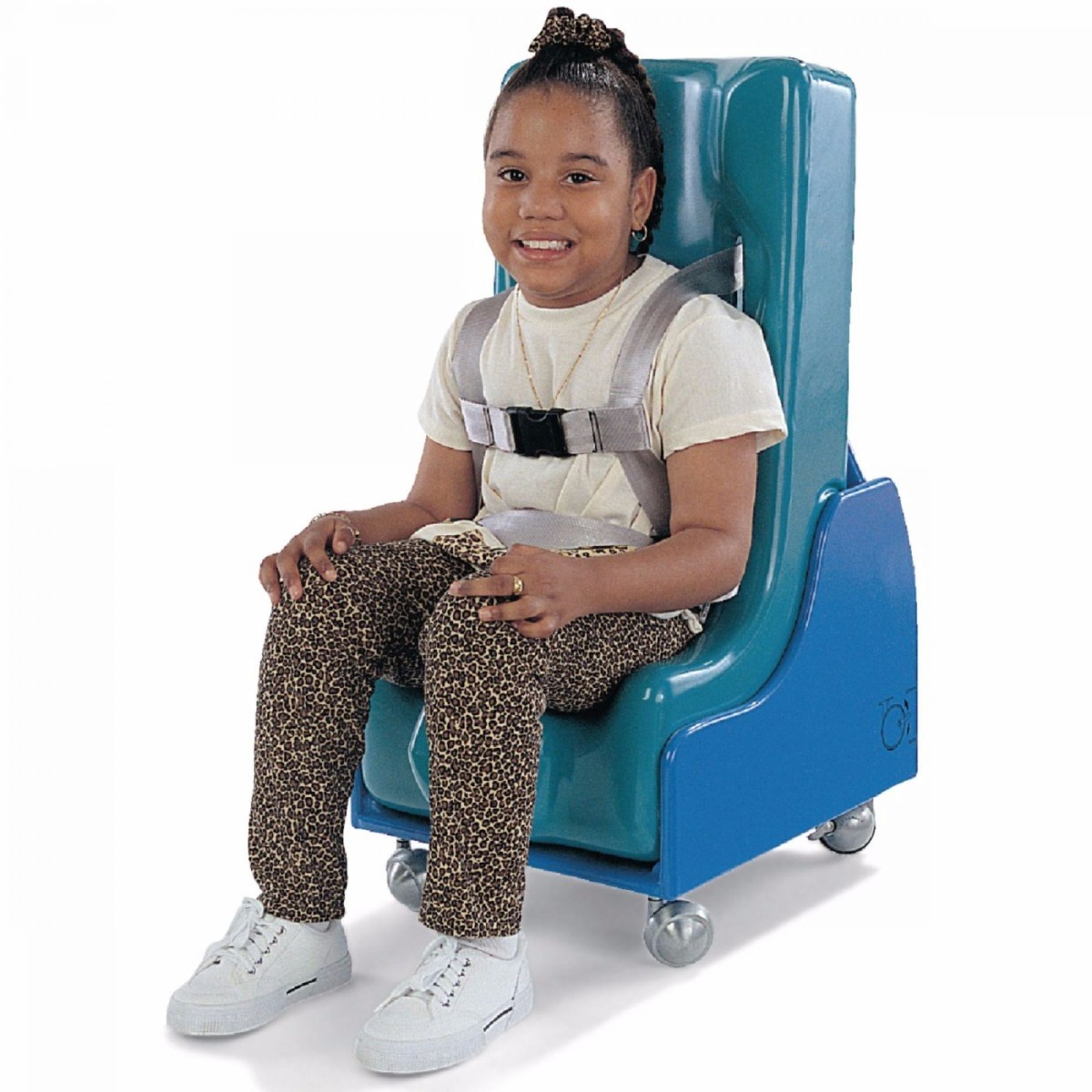
With four sizes to fit infants through teens, this positioner provides postural support and is easy to clean. It can be used with a wedge base as a floor sitter, with a mobile base for easy movement, or with a tray for learning and dining.
Tumble Forms 2 Carrie Seating System
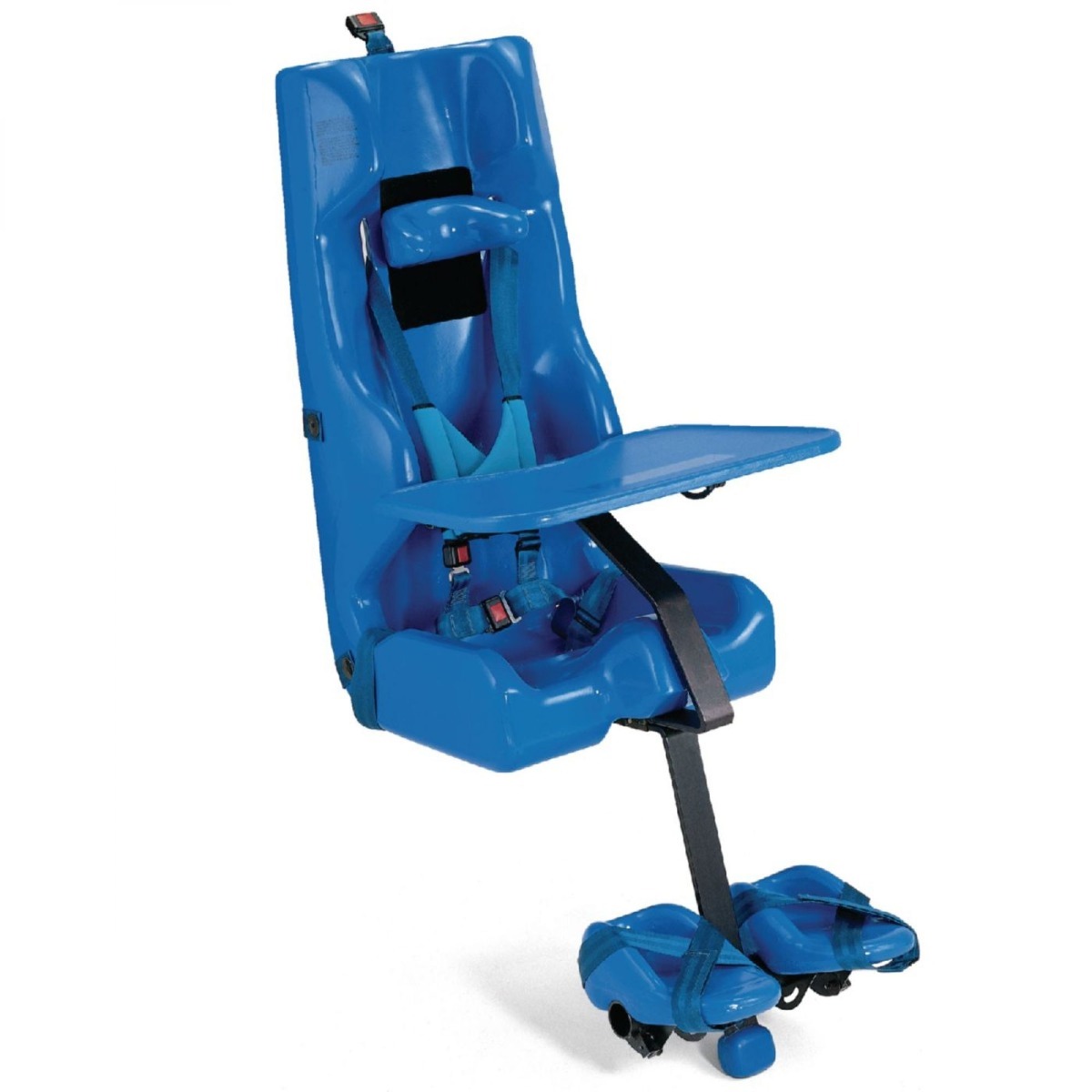
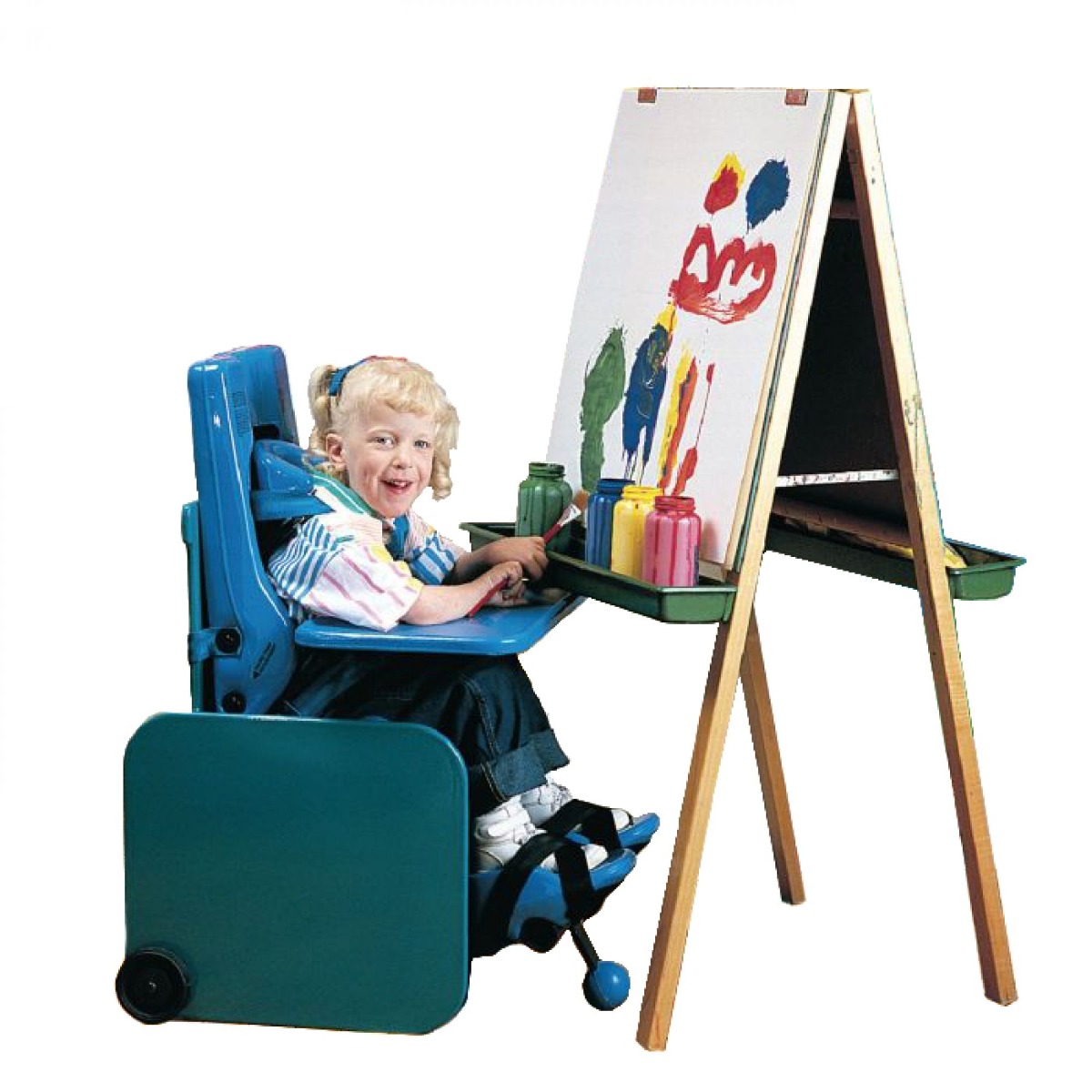
The Carrie seat can be used alone for positioning support on a chair or a couch. It features a neck stabilizer, harness, tray, footrests, and more. Add an activity base to raise the seat’s height for peer interaction and other activities.
Multi-Positioning Seat
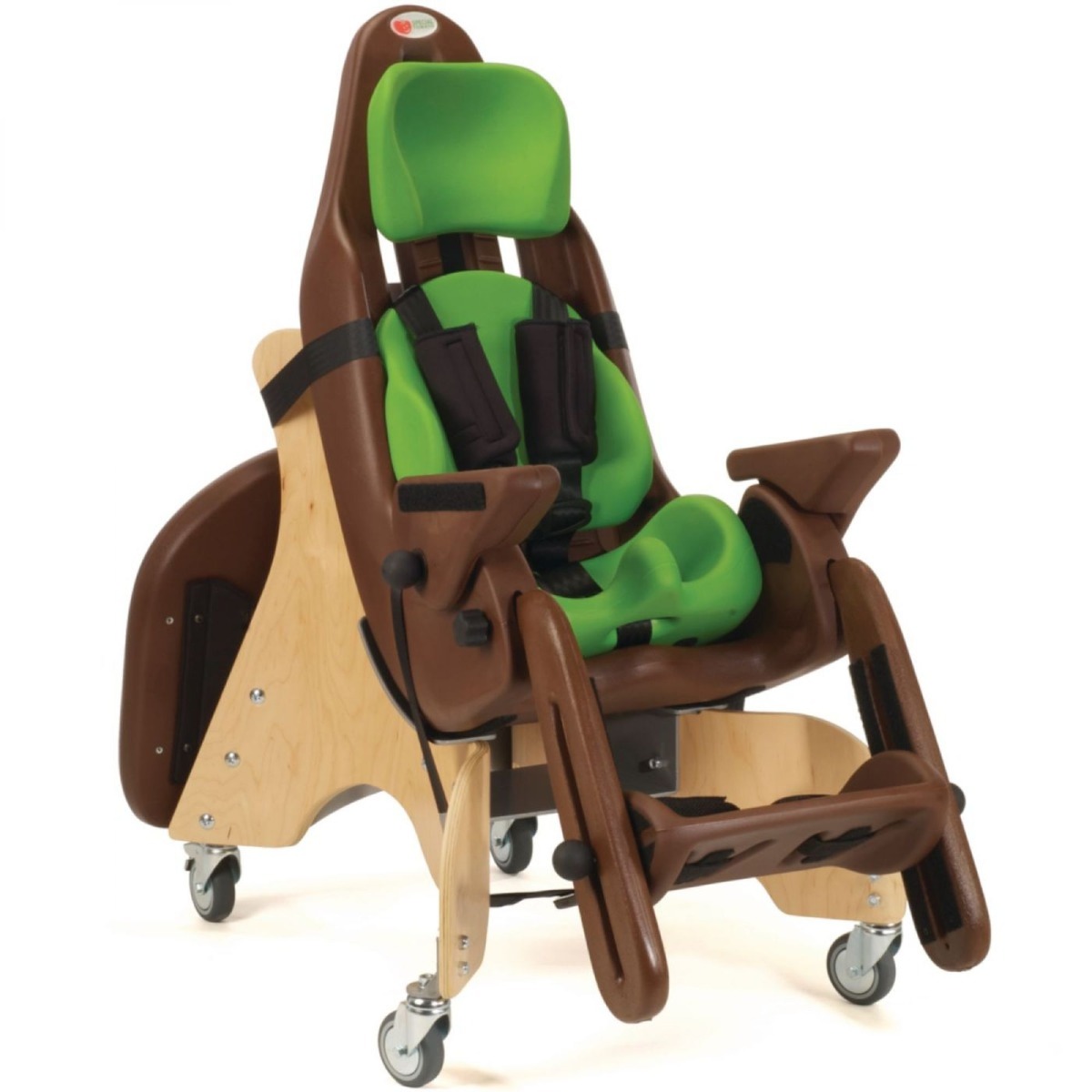

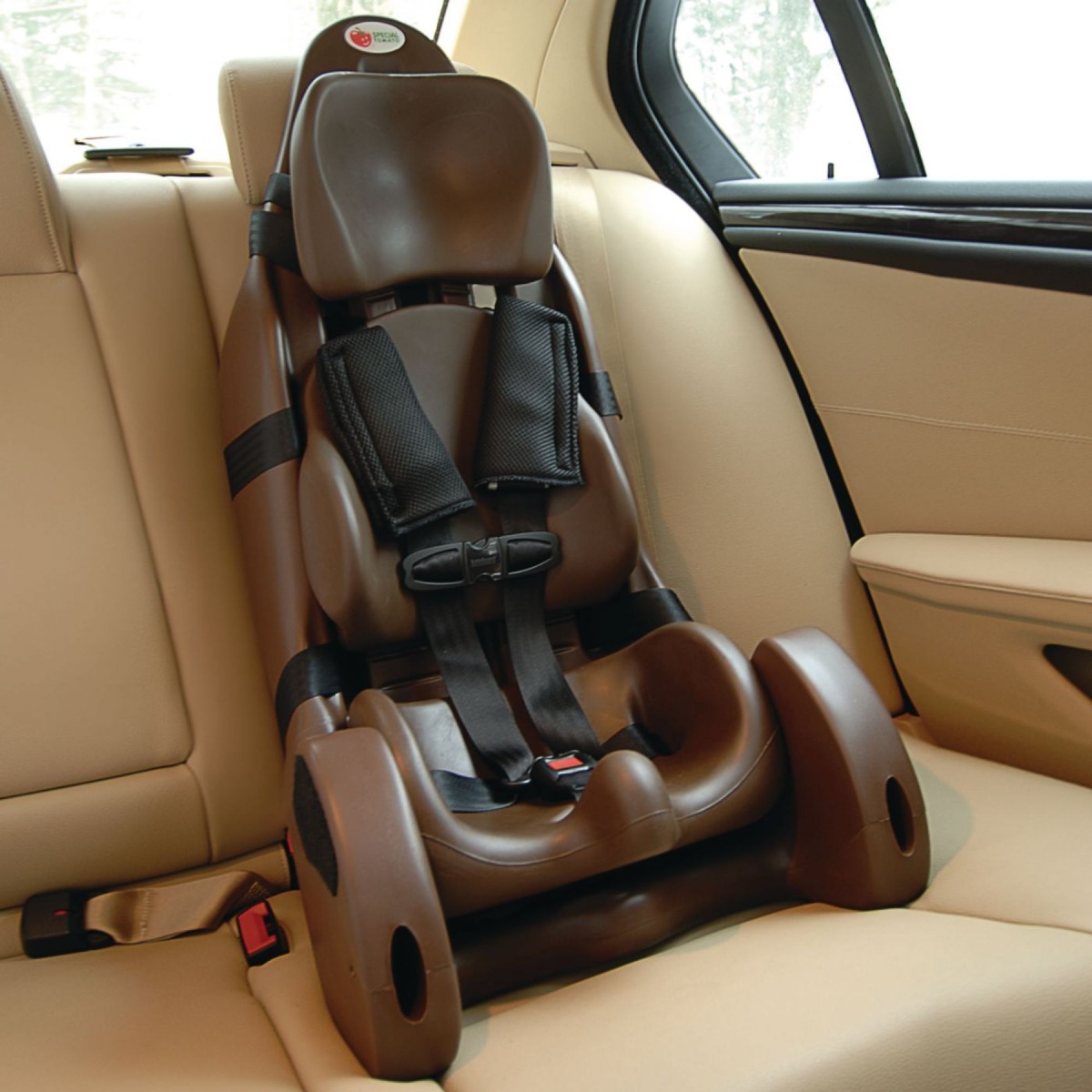

This comfortable positioning aid can be attached to a chair using the straps. It can also be used with a mobile floor base for easy movement, with a floor base for floor sitting, as a car seat when used with a headrest, and as a stroller with the push chair base.
MSS Tilt and Recline Chair
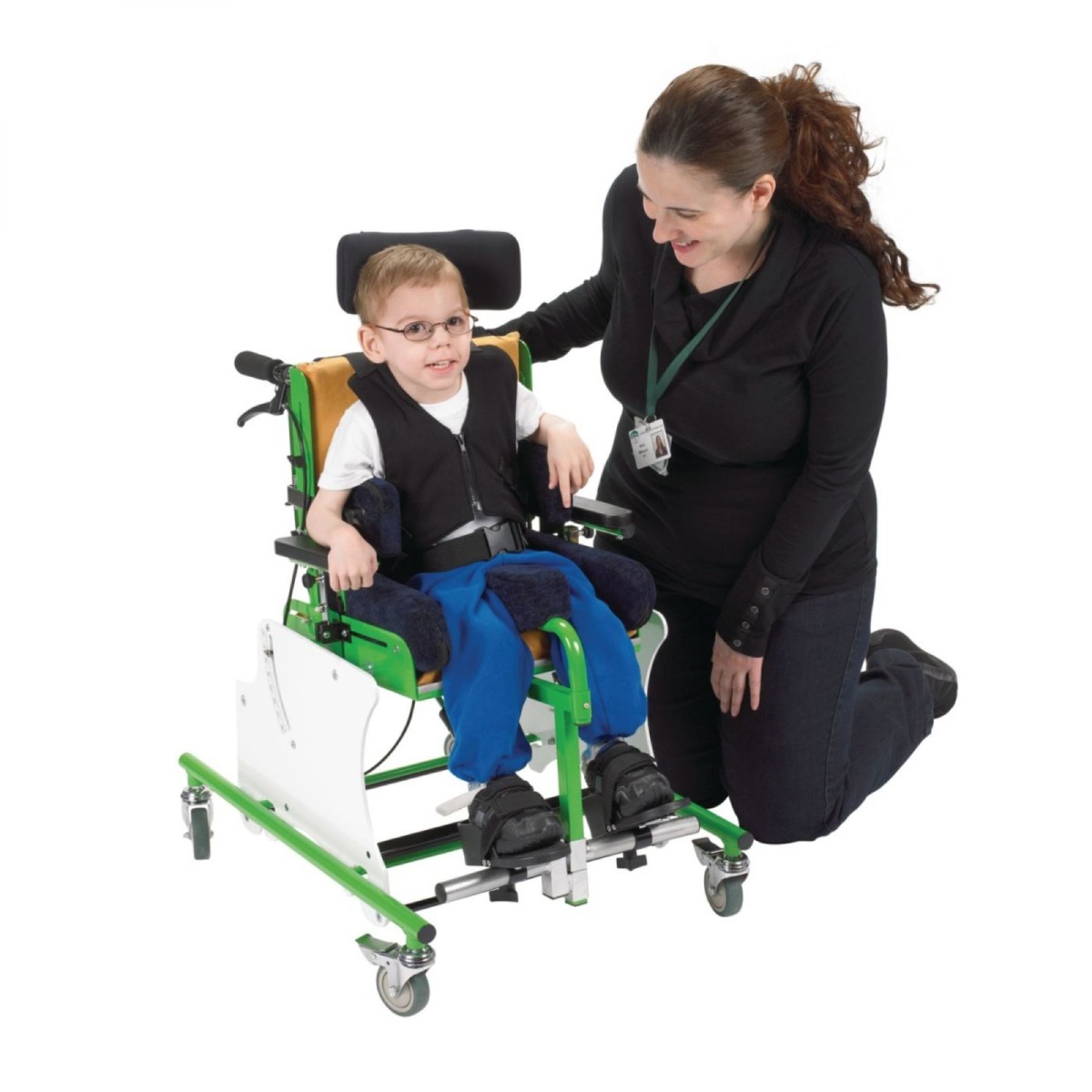

This chair features a tilt and recline system for easy adjustments. The insert can be used with regular chairs. Add a low base for floor sitting or a high base to bring the chair to table height. It includes a harness, strap, tray, headrest, footrest, and more!
Chairs for School
Kinder Chair
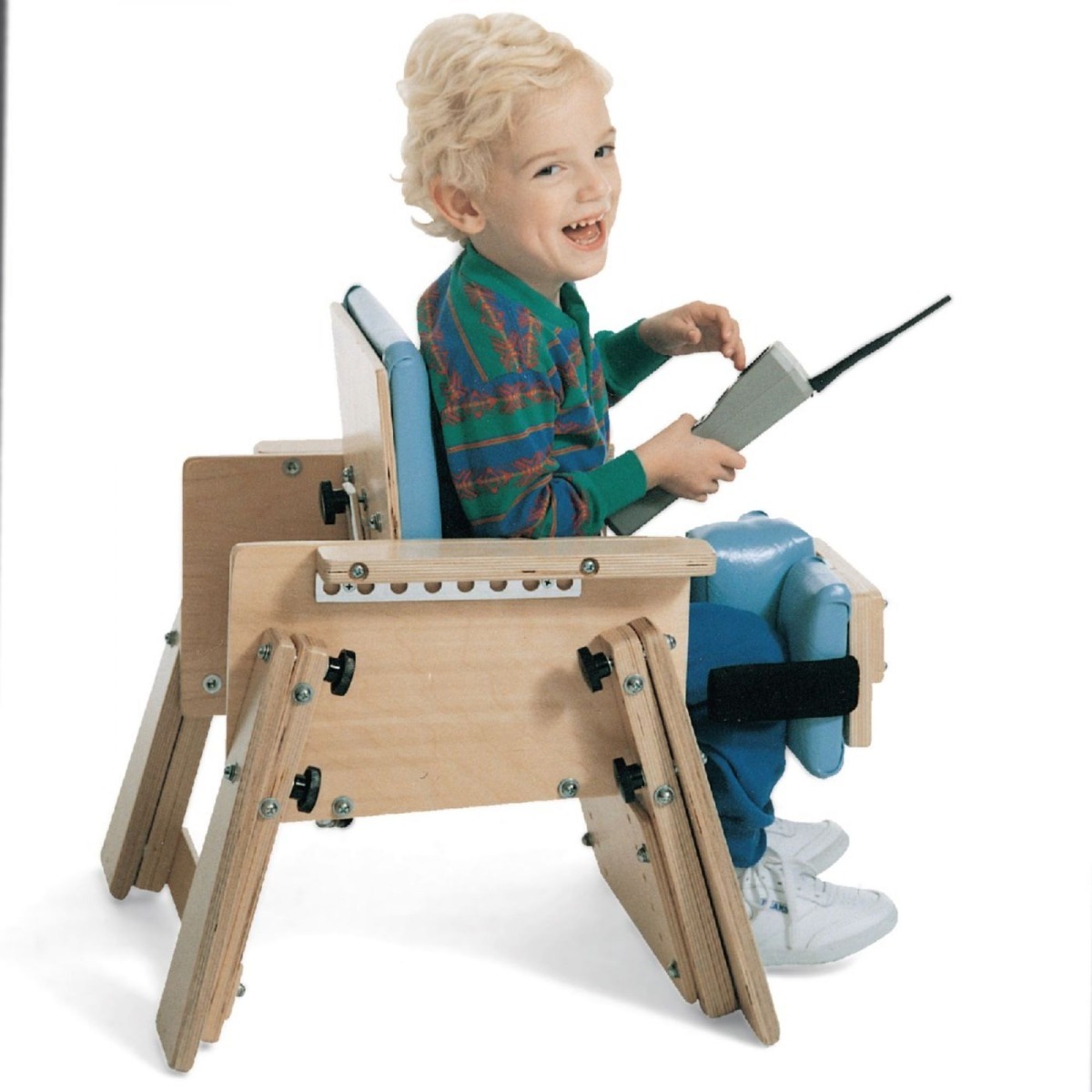

Get ready for school with a Kinder Chair! This positioning chair comes with a tray for schoolwork or can be placed underneath a preschool table. Add a pelvic stabilizer for extra support.
Adjustable Classroom Chair
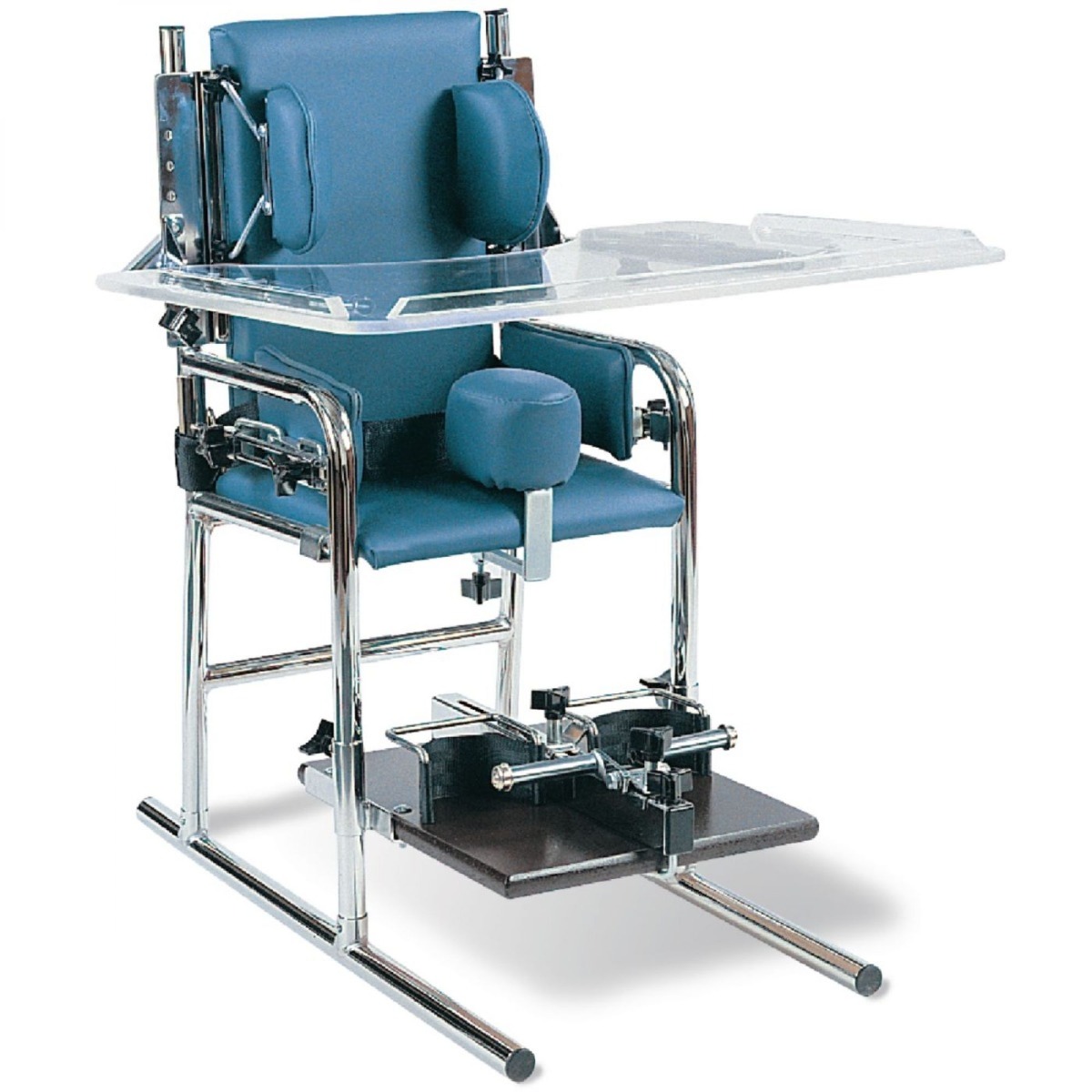

This Adjustable Classroom Chair offers comfortable positioning for children and adolescents with special needs. Choose from several optional positioning accessories to make the best positioning chair for your child!
Seat2Go
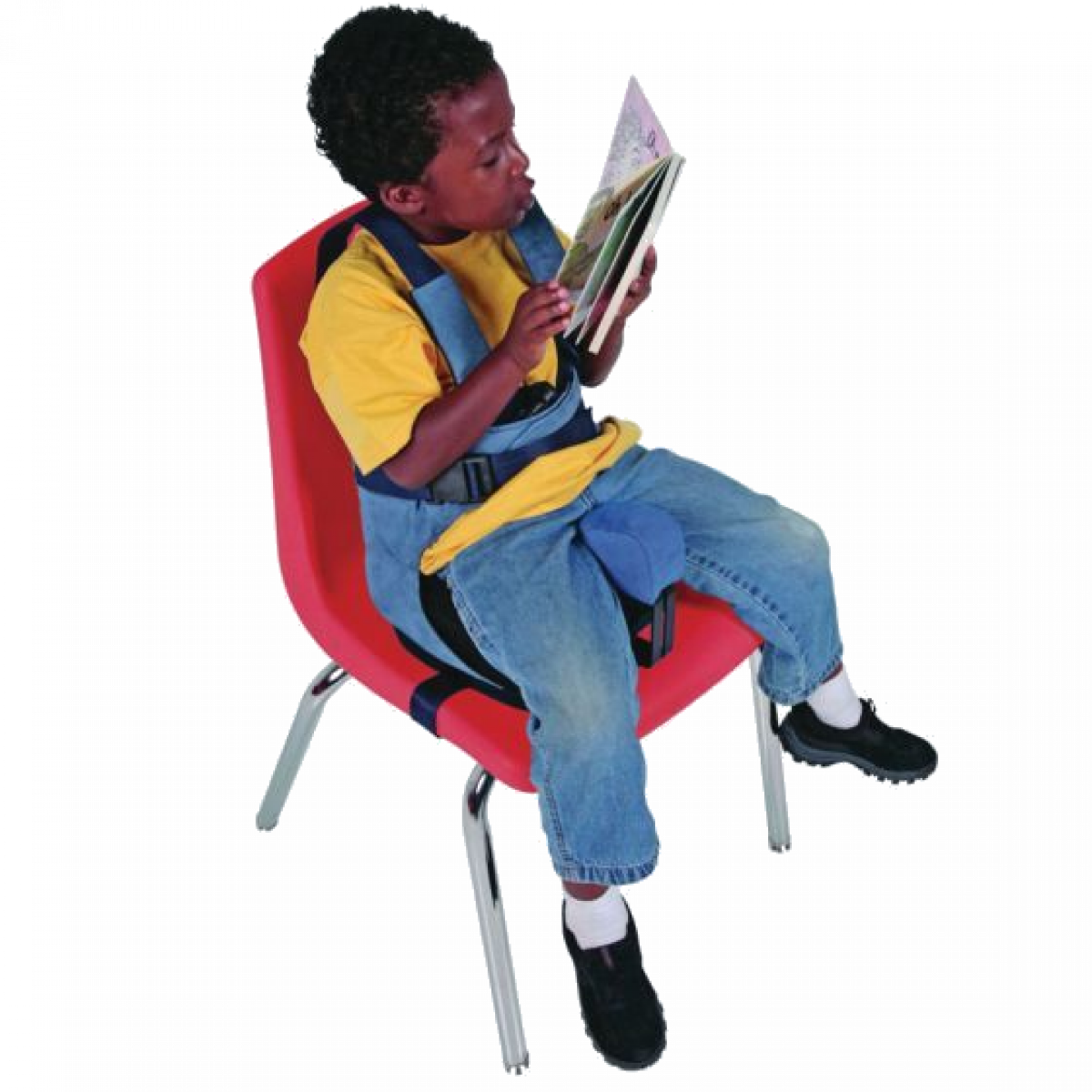

This padded seat is designed for use on-the-go! It can be used on the floor, in a stroller, or strapped onto a chair. The supportive seat is excellent for positioning in the classroom and at home!
Sammons Preston Classroom Activity Chair
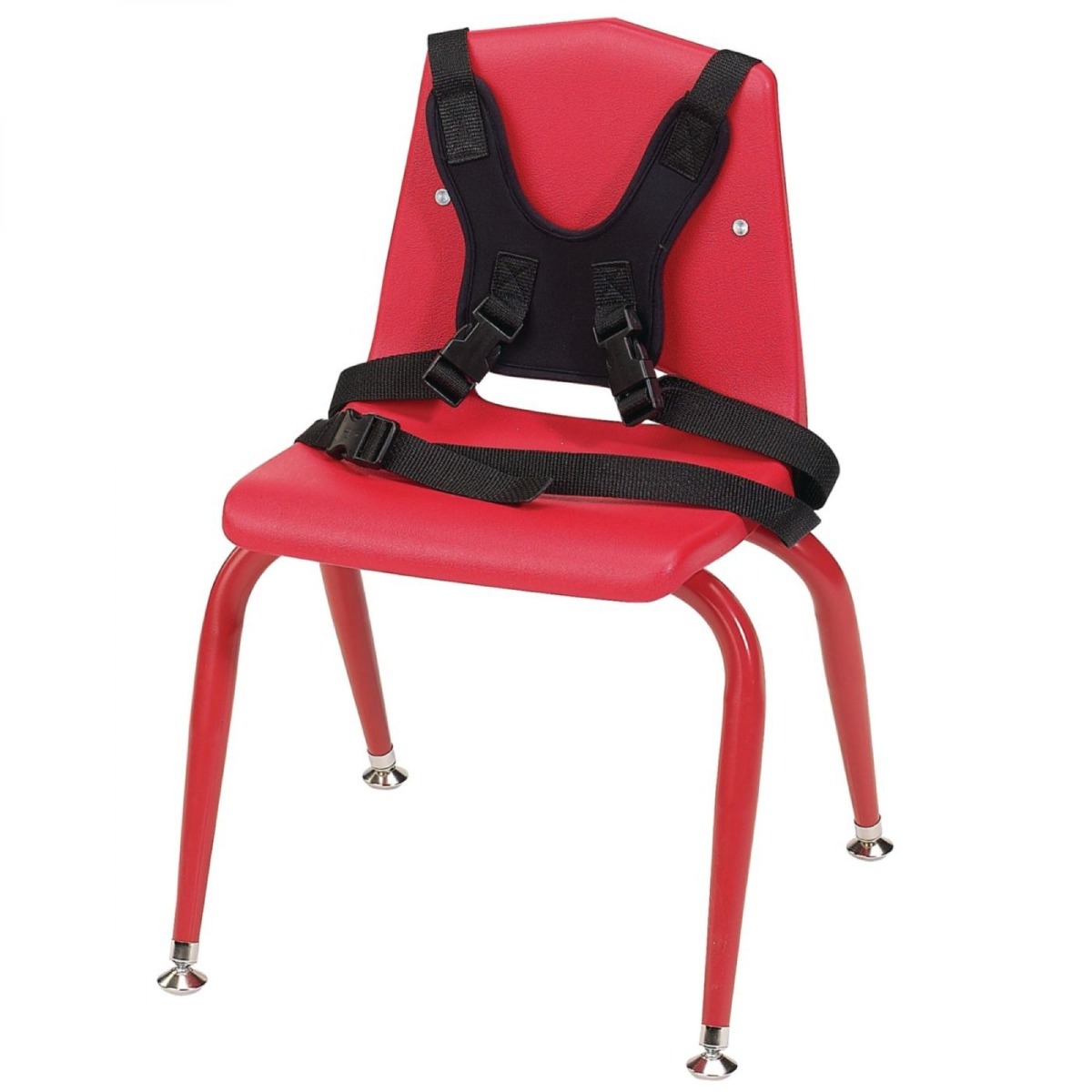

If you would prefer a permanently attached harness and belt, check out this chair! It’s excellent for use in special needs classrooms to help with proper posture and can be used under a desk!
Medical Disclaimer: The information provided on this site, including text, graphics, images and other material, are for informational purposes only and are not intended to substitute for professional medical advice, diagnosis or treatment. Always seek the advice of your physician or other healthcare professional with any questions or concerns you may have regarding your condition.

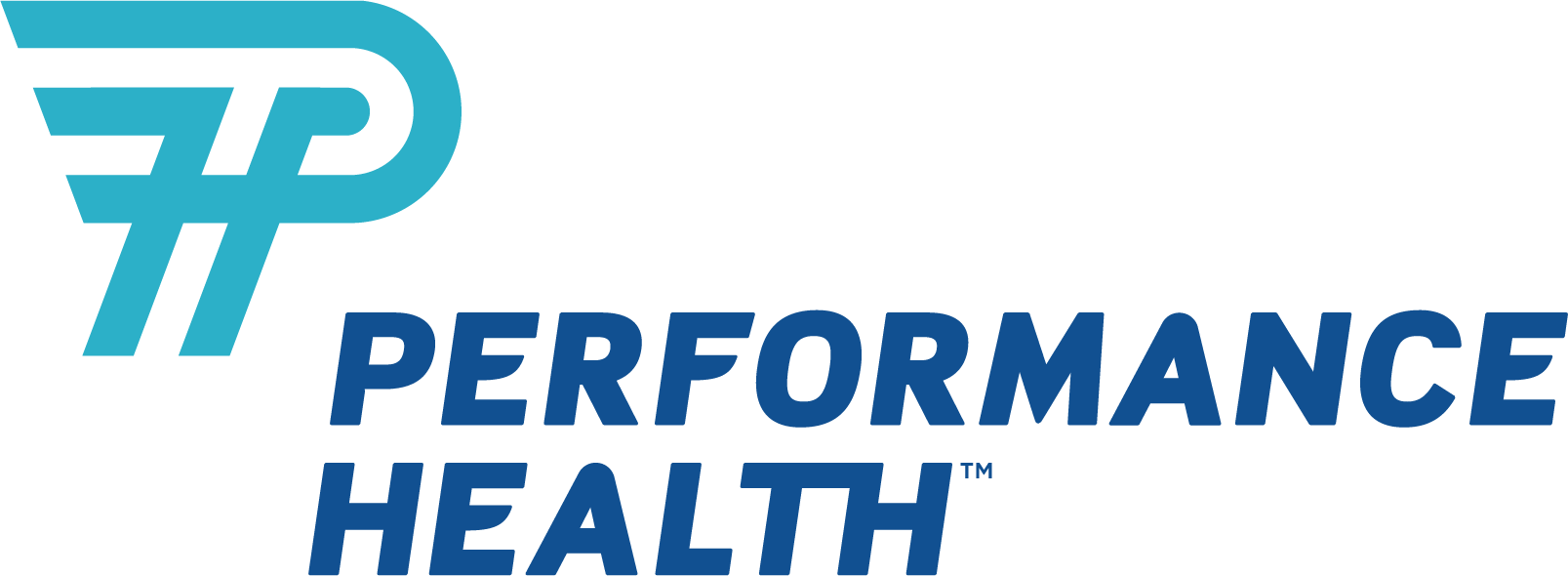






 France
France Australia
Australia